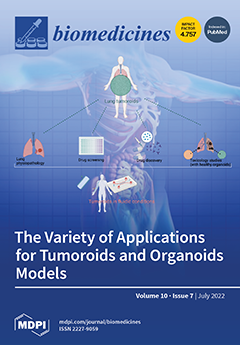Objectives: Immunostimulatory therapies using immune checkpoint blockers show clinical activity in a subset of glioblastoma (GBM) patients. Several inhibitory mechanisms play a relevant role in the immune response to GBM. With the objective of analyzing the tumor immune microenvironment and its clinical significance, we quantified several relevant immune biomarkers.
Design: We studied 76 primary (non-recurrent) GBMs with sufficient clinical follow-up, including a subgroup of patients treated with a dendritic cell vaccine. The IDH-mutation, EGFR-amplification, and MGMT methylation statuses were determined. Several relevant immune biomarkers, including CD163, CD8, PD1, and PDL1, were quantified in representative selected areas by digital image analysis and semiquantitative evaluation. The percentage of each immune expression was calculated with respect to the total number of tumor cells.
Results: All GBMs were wild-type IDH, with a subgroup of classical GBMs according to the EGFR amplification (44%). Morphologically, CD163 immunostained microglia and intratumor clusters of macrophages were observed. A significant direct correlation was found between the expression of CD8 and the mechanisms of lymphocyte immunosuppression, in such a way that higher values of CD8 were directly associated with higher values of CD163 (
p < 0.001), PDL1 (0.026), and PD1 (0.007). In a multivariate analysis, high expressions of CD8+ (HR = 2.05, 95%CI (1.02–4.13),
p = 0.034) and CD163+ cells (HR 2.50, 95%CI (1.29–4.85),
p = 0.007), were associated with shorter survival durations. The expression of immune biomarkers was higher in the non-classical (non-EGFR amplified tumors) GBMs. Other relevant prognostic factors were age, receipt of the dendritic cell vaccine, and MGMT methylation status.
Conclusions: In accordance with the inverse correlation between CD8 and survival and the direct correlation between effector cells and CD163 macrophages and immune-checkpoint expression, we postulate that CD8 infiltration could be placed in a state of anergy or lymphocytic inefficient activity. Furthermore, the significant inverse correlation between CD163 tissue concentration and survival explains the relevance of this type of immune cell when creating a strong immunosuppressive environment. This information may potentially be used to support the selection of patients for immunotherapy.
Full article






